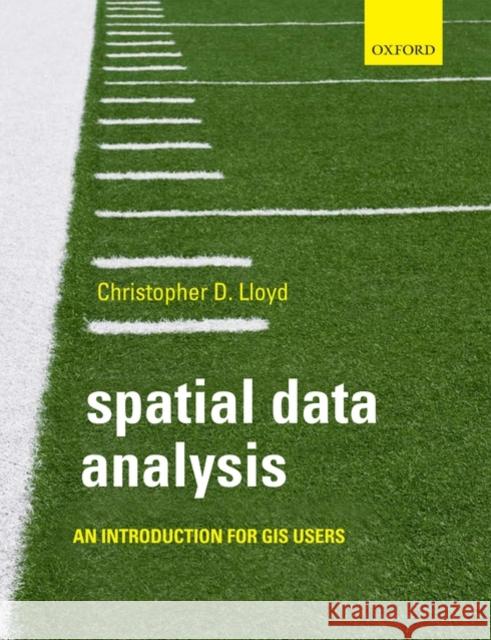Spatial Data Analysis: An Introduction for GIS Users » książka
Spatial Data Analysis: An Introduction for GIS Users
ISBN-13: 9780199554324 / Angielski / Miękka / 2010 / 224 str.
What is the shortest route between one point and another in a road network? Where is the incidence of disease the highest? How does rainfall correlate with altitude? How does the concentration of a pollutant vary in space, and where do high concentrations correlate with densely populated areas?
Geographical or spatial data play a vital role in many parts of daily life. We are dependent on information about where things are located and about the attributes of those things, either directly, as in the use of a map for navigating around a city, or indirectly, where we use resources like water or gas.
Spatial Data Analysis: An Introduction for GIS Users introduces students to key principles about spatial data, the methods used to explore such data, and the kinds of problems that can be tackled using widely available analytical tools. Taking a gradual, systematic approach, the text opens with coverage of core concepts; these ideas are illustrated and reinforced with careful explanations, numerous worked examples, and case studies throughout the book.
Accessible to students who are new to the field, Spatial Data Analysis focuses on education rather than simple training; it not only shows students how to apply data analysis tools but also demonstrates how those tools work. A Companion Website provides resources for both students and instructors.











